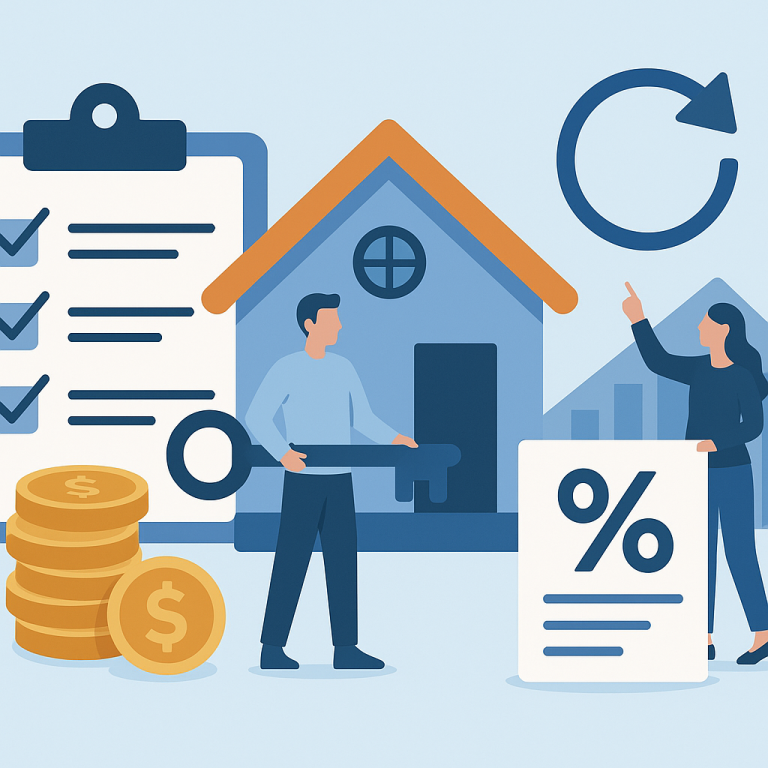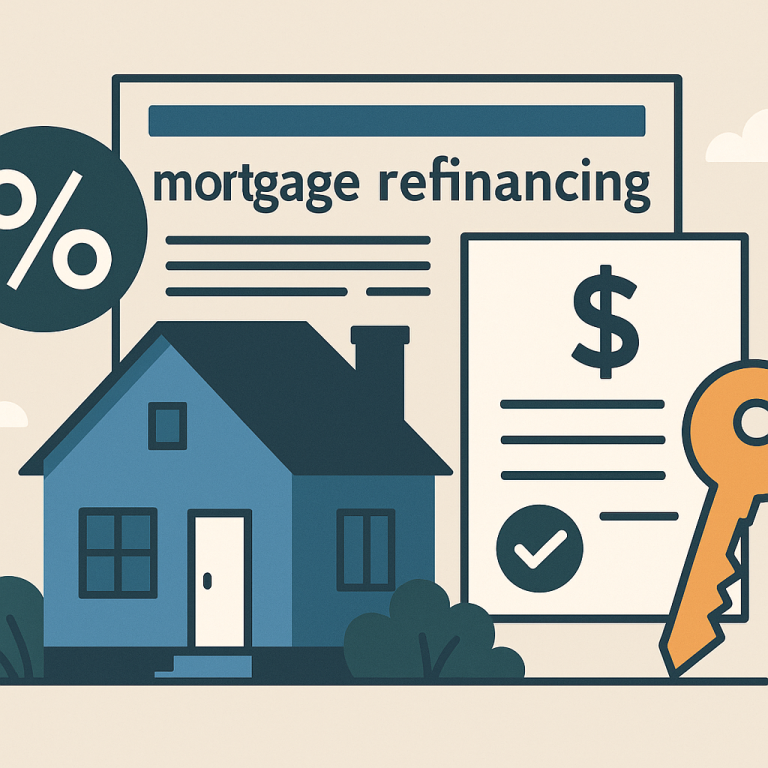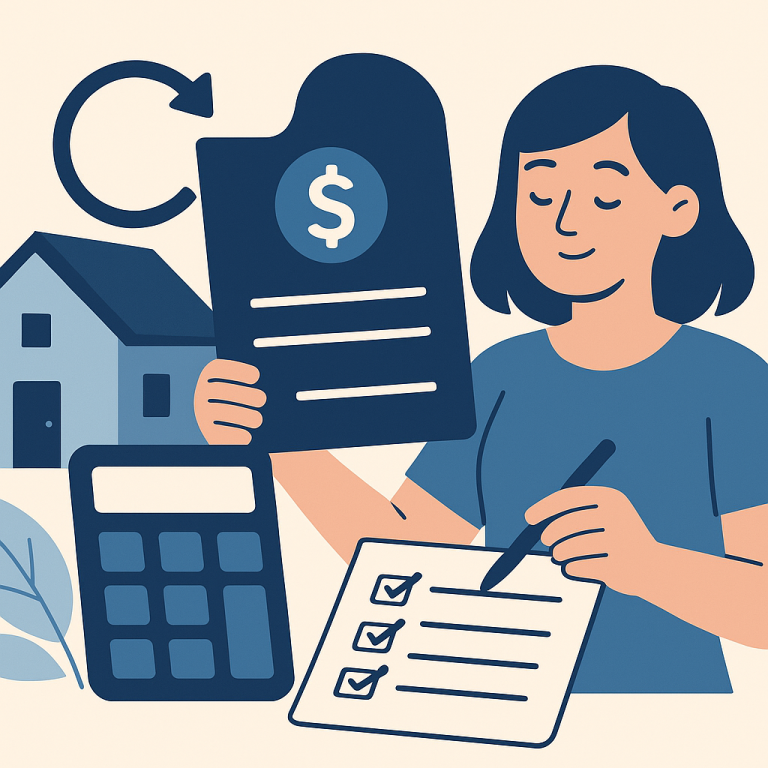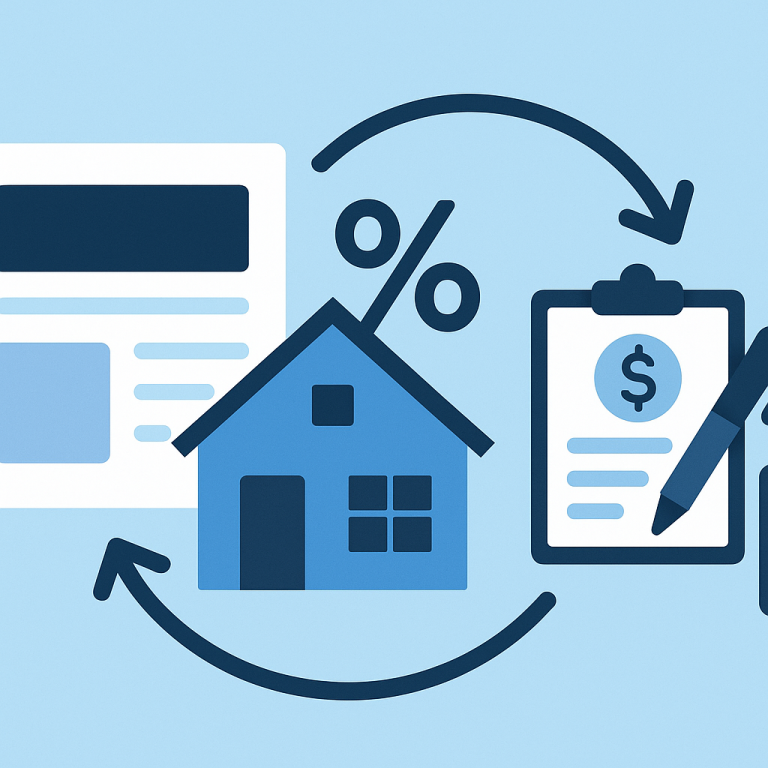Refinance Rates Jump 0.25% After Strong Jobs Report
Refinancing to Shorten Your Mortgage Term: When It Makes Financial Sense
Homeowners considering refinancing often focus on lowering their interest rate or monthly payment. Another common — and sometimes overlooked — goal is shortening the loan term to build equity faster and pay substantially less interest over the life of the loan. Refinancing to a shorter term can be a prudent move when the conditions align, but it requires careful evaluation of trade-offs such as monthly payment changes, closing costs, and personal financial priorities.
Why homeowners choose a shorter term
Shorter-term mortgages accelerate principal reduction, which increases home equity more quickly and reduces total interest paid. For borrowers who plan to stay in their home long enough to realize interest savings, switching from a longer-term loan to a shorter one can be an effective wealth-building strategy. The strategy can also be attractive to borrowers approaching retirement who want to eliminate mortgage payments sooner.
Key considerations before refinancing
Deciding whether to refinance to a shorter term depends on multiple factors that influence the net benefit:
- Interest rate environment: A lower available rate can offset the higher monthly cost that typically comes with a shorter term. Compare current market offers to the existing loan to determine potential savings.
- Remaining loan balance and term: The amount left to repay and the number of years remaining affect how much interest can be saved and how quickly equity will build.
- Closing costs and fees: Upfront costs need to be factored into any savings calculation. A longer expected ownership period makes it more likely the refinance will pay off.
- Monthly budget: Shortening the term usually raises monthly payments if the rate change does not fully offset the reduction in years. Confirm that increased payments fit comfortably within household cash flow.
- Credit profile and eligibility: Loan approval, interest rate offers and required mortgage insurance (if applicable) depend on credit score, income documentation and available equity.
How to evaluate the refinance
Run a side-by-side comparison that includes the new monthly payment, total interest to be paid over the life of the new loan, and all closing costs. Use an amortization schedule to see how much principal is repaid each year under both the current and proposed loan. Calculate the break-even horizon — the time needed to recover closing costs through monthly or overall interest savings — and make sure that horizon matches expected plans for the property.
Action checklist for homeowners
- Obtain multiple rate quotes from lenders, including exact fees and closing cost estimates.
- Compare amortization schedules to quantify interest savings and equity growth.
- Include non-interest costs — appraisal, origination, title and other fees — in the break-even calculation.
- Review monthly budget scenarios to ensure the higher payment is sustainable under expected income and expense conditions.
- Consider alternatives, such as making extra principal payments on the existing loan, if refinancing costs outweigh benefits.
Homeowner takeaways
- Refinancing to shorten the term can yield meaningful interest savings and faster equity accumulation when the rate differential and ownership horizon support it.
- Always quantify total costs and run amortization comparisons rather than relying on headline rate figures alone.
- Ensure the higher monthly payment fits the household budget and aligns with broader financial goals before committing.
When executed with clear calculations and realistic assumptions about how long the home will be held, a term-shortening refinance can be a powerful tool to reduce lifetime mortgage cost and accelerate homeownership goals.
META: refinancing-shorter-term







